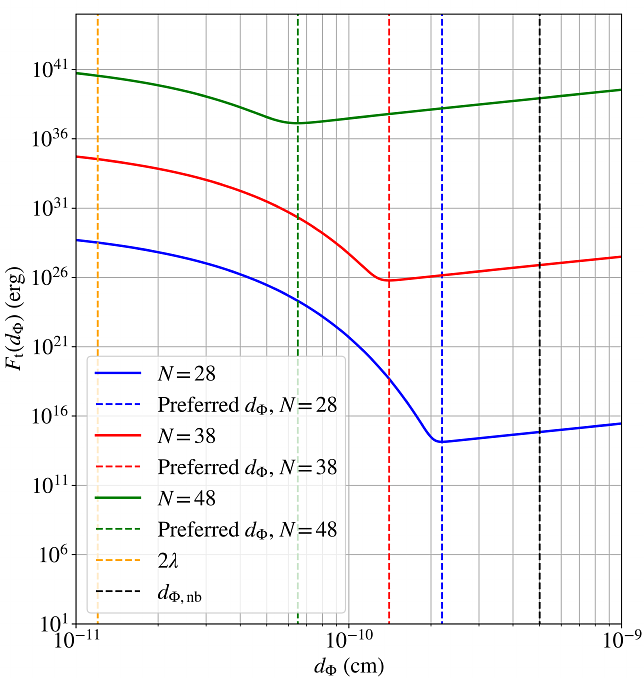Flux tube clustering from magnetic coupling of adjacent type-I and -II superconductors in a neutron star: persistent gravitational radiation

Flux tube clustering from magnetic coupling of adjacent type-I and -II superconductors in a neutron star: persistent gravitational radiation
K. H. Thong, A. Melatos
AbstractAdjacent type-I and -II proton superconductors in a rotation-powered pulsar are predicted to exist in a metastable state containing macroscopic and quantized flux tubes, respectively. Previous studies show that the type-I and -II regions are coupled magnetically, when macroscopic flux tubes divide dendritically into quantized flux tubes near the type-I-II interface, through a process known as flux branching. The studies assume that the normal-superconducting boundary is sharp, and the quantized flux tubes do not repel mutually. Here the sharp-interface approximation is refined by accounting for magnetic repulsion. It is found that flux tubes in the same flux tree cluster with a minimum-energy separation two to seven times less than that of isolated flux tubes. Neutron vortices pin and cluster about flux trees. We find that the maximum characteristic wave strain $h_0$ of the current quadrupole gravitational radiation emitted by a rectilinear array of clustered vortices exceeds by $(1+N_{\rm v,t})^{1/2}$ the strain $h_0 \sim 10^{-32}(f/30 {\rm Hz})^{5/2} (D/1 {\rm kpc})^{-1}$ emitted by uniformly distributed vortices, where $N_{\rm v,t}$ is the mean number of pinned vortices per flux tree, $f$ is the star's spin frequency, and $D$ is the star's distance from Earth. The factor $(1 + N_{\rm v,t})^{1/2}$ brings $h_0$ close to the sensitivity limit of the current generation of interferometric gravitational wave detectors under certain circumstances, specifically when flux branching forms relatively few (and hence relatively large) flux trees.